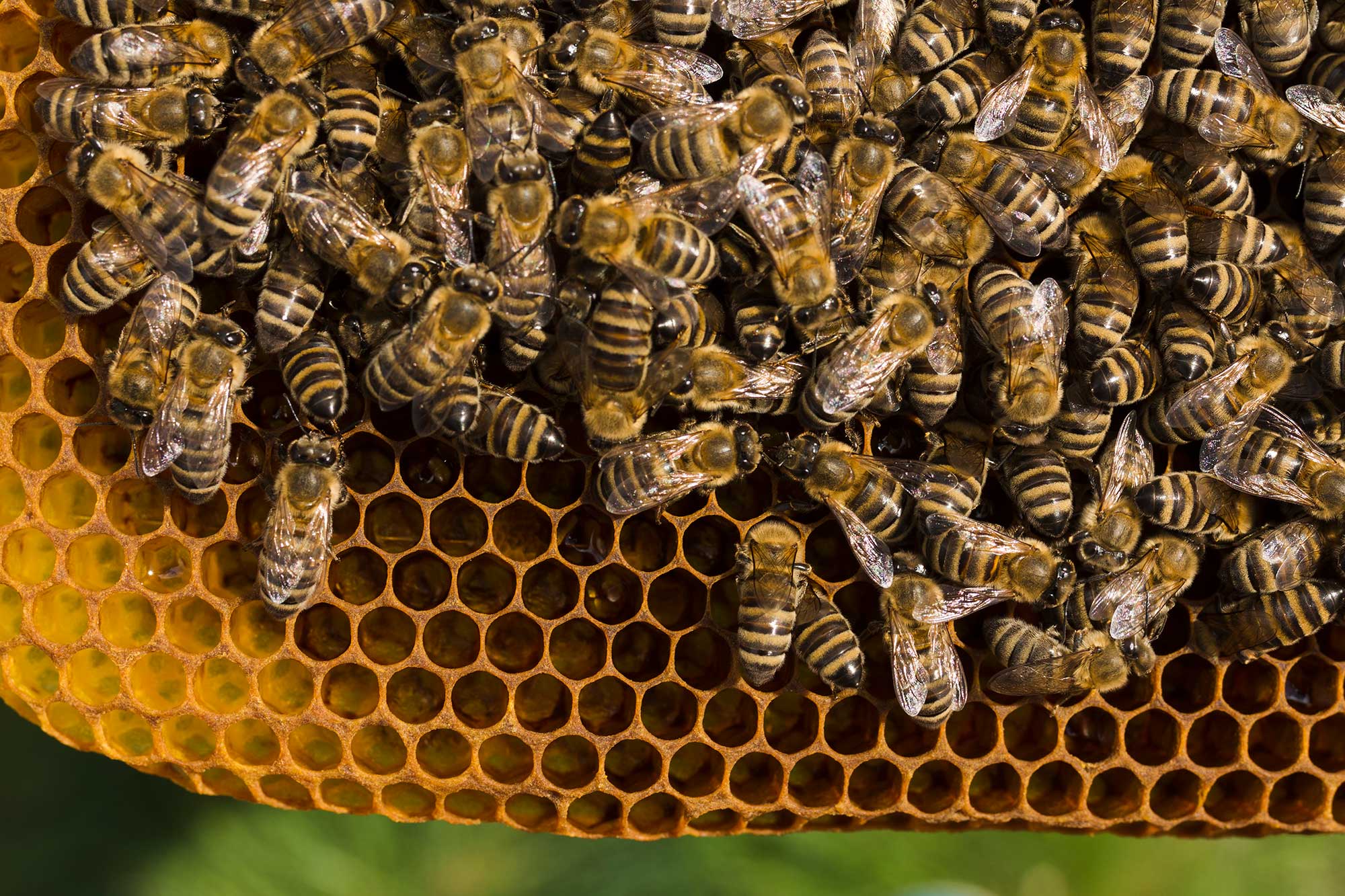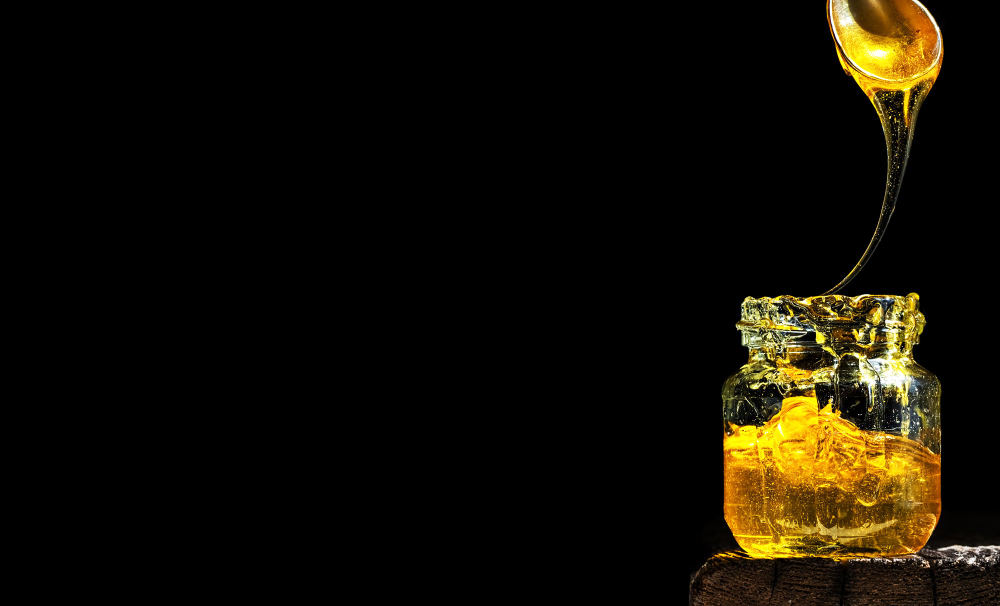The Sweet Story of Honey: Nature’s Golden Elixir

Honey has captivated human beings for thousands of years. This thick, golden liquid is not only a delicious natural sweetener but also a product rich in history, health benefits, and cultural significance. Whether drizzled over toast, stirred into tea, or used as a natural remedy, honey continues to hold a special place in kitchens and medicine cabinets alike. In this blog post, we’ll explore the origins of honey, how it’s made, its health benefits, and some fascinating facts that make it more than just a sweet treat.
A Brief History of Honey
The use of honey dates back to ancient times. Archaeological findings show that humans have been harvesting honey for over 8,000 years. Cave paintings in Spain depict early humans collecting honey from wild bee colonies. The Egyptians used honey for embalming the dead, as a sweetener in food, and even in beauty treatments. In ancient Greece and Rome, honey was considered a gift from the gods and used in both culinary and medicinal applications.
Honey also appears in many religious texts. In the Bible, the Promised Land is described as “a land flowing with milk and honey,” symbolizing abundance and prosperity. In Islamic tradition, honey is praised in the Quran as a healing substance.
How Honey Is Made
Honey production is a remarkable process involving the coordination and effort of thousands of honeybees. Here’s how it works:
-
Foraging: Worker bees fly out to collect nectar from flowers using their long, tube-like tongues.
-
Transport: The nectar is stored in a special stomach called the “honey stomach” and brought back to the hive.
-
Processing: Inside the hive, the nectar is passed from bee to bee and mixed with enzymes. This process breaks down complex sugars into simpler sugars.
-
Evaporation: The bees spread the nectar into honeycombs and fan it with their wings to reduce moisture content.
-
Sealing: Once the moisture level is low enough, the honey is sealed with beeswax to preserve it.
This natural process results in a product that is not only sweet and delicious but also has a surprisingly long shelf life. In fact, archaeologists have discovered pots of honey in ancient Egyptian tombs that were still edible after thousands of years!
Types of Honey
Not all honey is the same. Its flavor, color, and texture can vary greatly depending on the flowers the bees pollinate. Some common types include:
-
Clover Honey: Light in color and mild in flavor.
-
Manuka Honey: Produced in New Zealand from the manuka bush; known for its strong antibacterial properties.
-
Acacia Honey: Very light and clear, with a delicate floral taste.
-
Buckwheat Honey: Dark and rich, with a strong flavor and high antioxidant content.
-
Wildflower Honey: Made from a mix of seasonal flowers; flavor varies depending on the region and time of year.
Raw honey, which is unfiltered and unpasteurized, retains more of its natural enzymes and nutrients compared to processed honey.
Health Benefits of Honey

Honey is more than just a natural sweetener. It has been used for its medicinal properties for centuries and is known to offer several health benefits:
-
Antibacterial and Antifungal: Honey contains hydrogen peroxide and other compounds that help fight infections.
-
Wound Healing: Applied topically, honey can help heal cuts and burns by keeping wounds moist and preventing infections.
-
Sore Throat Remedy: A spoonful of honey can soothe a sore throat and reduce coughing, especially in children.
-
Antioxidant Power: Rich in antioxidants, honey helps protect the body from oxidative stress and inflammation.
-
Digestive Aid: Honey can support gut health by acting as a prebiotic and promoting the growth of good bacteria.
However, it’s important to remember that honey is still a form of sugar and should be consumed in moderation. Also, honey should never be given to infants under one year of age due to the risk of botulism.
Sustainability and the Importance of Bees
Bees play a crucial role in our ecosystem beyond making honey. They are vital pollinators, responsible for the reproduction of many plants, including fruits and vegetables. Without bees, global food production would be severely impacted.
Sadly, bee populations around the world are declining due to habitat loss, pesticide use, and climate change. Supporting sustainable beekeeping and planting pollinator-friendly gardens can help protect these essential insects.
When you buy local honey, you’re not just getting a delicious product—you’re also supporting local beekeepers and the environment.
Fun Facts About Honey
-
Honey never spoils. Properly stored, it can last indefinitely.
-
It takes about 60,000 bees and over 2 million flowers to make one pound of honey.
-
A single honeybee produces only about 1/12th of a teaspoon of honey in its lifetime.
-
Honey has been used as a natural preservative in food and even in embalming mummies in ancient Egypt.
-
The flavor and color of honey can change based on the region, season, and type of flower used by bees.
Conclusion
Honey is truly one of nature’s most remarkable gifts. From its ancient history and intricate production process to its numerous health benefits and environmental importance, honey deserves our appreciation and protection. Whether you enjoy it in your tea, on your toast, or as a natural remedy, remember the hard work of the bees behind every drop. The next time you dip your spoon into a jar of honey, take a moment to savor not just its sweetness, but the story it carries.
